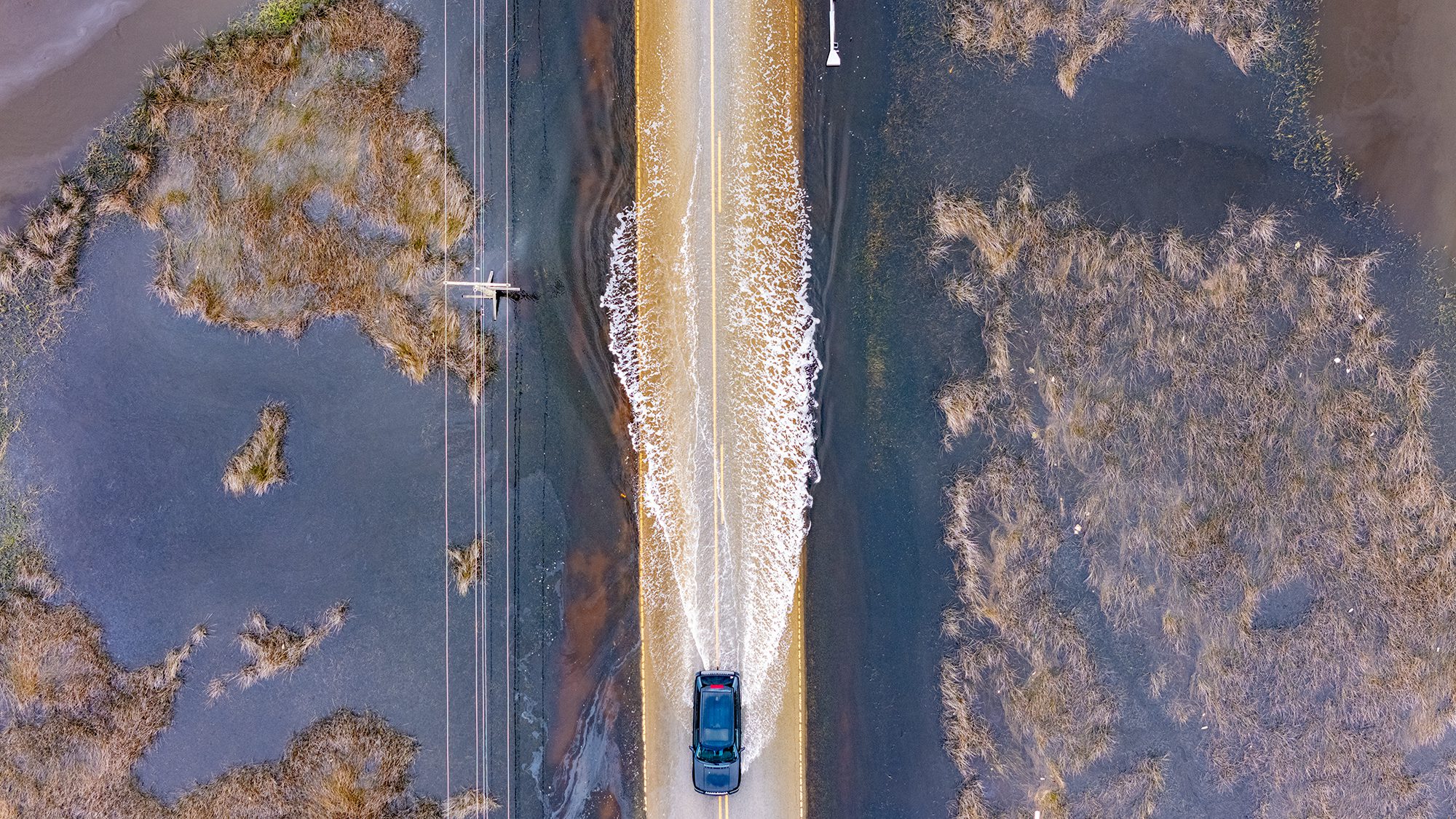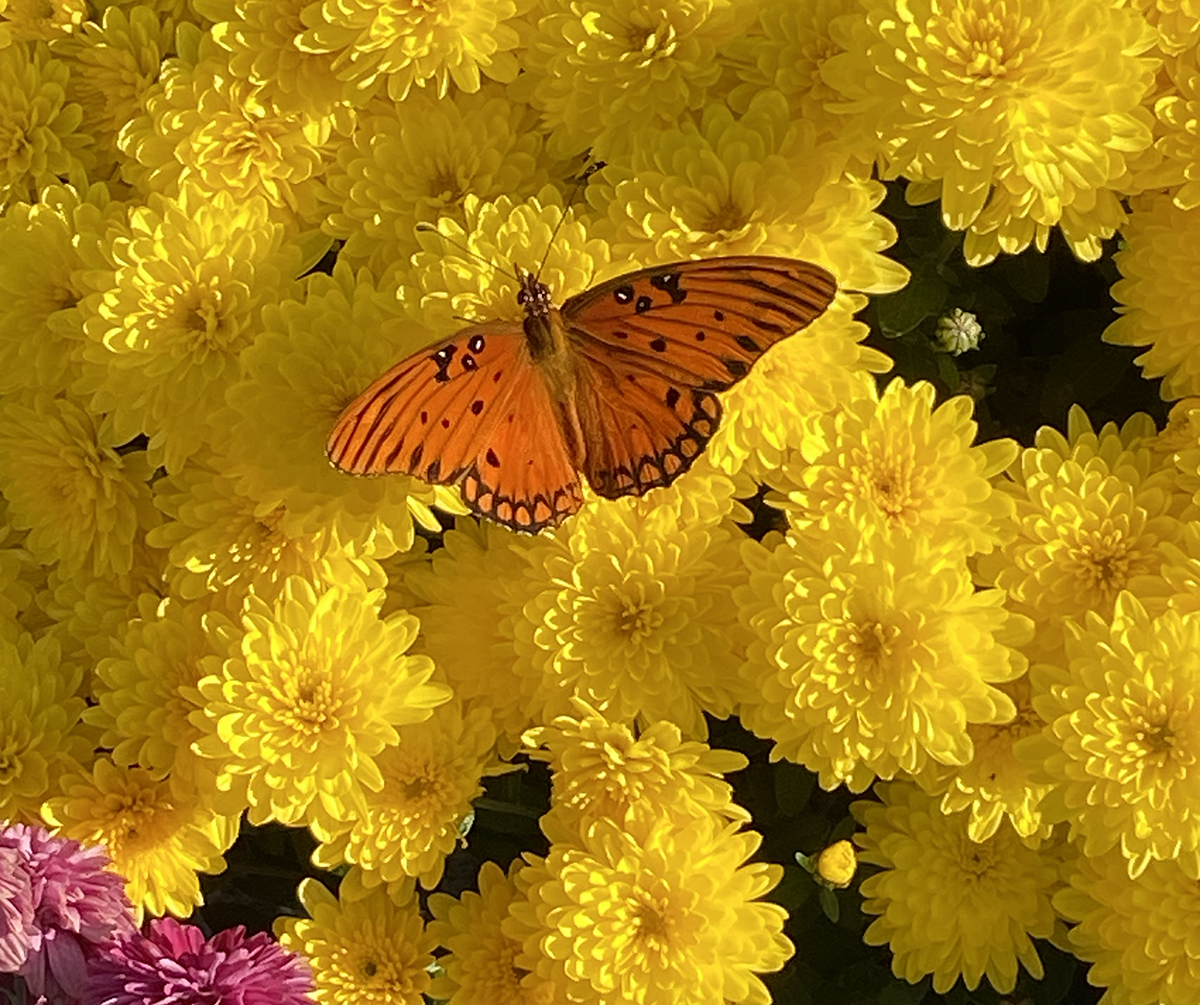
Most of us know that bees and wasps are pollinators, but what else pollinates flowers and various plants? Sadly, no honey is involved, but no sting, either.
It’s butterflies!
Supporter Spotlight
Who doesn’t love butterflies?
Delicate looking as they flutter by, ephemeral, like catching a glimpse of fairies out of the corner of your eye.
Butterflies come in all shapes and sizes and colors. The colors are mostly due to pigments in their scales.
What? No, fish have scales.
Not that kind of scales.
Supporter Spotlight
Lepidoptera, the scientific name for butterflies and moths, means scaly wings. Scales on butterfly wings are microscopic and laid down like shingles on a roof. There can be upward of 600 scales per square millimeter. The shape of the scales varies, everything from teardrops and rectangles to more ribbon-like shapes. Scales on different parts of the wing can even be different shapes, such as hair-like or even duck-footed.
If you’ve ever touched a butterfly’s wing — hopefully not a live one — you know that the scales shed off like glittery pixie dust, which is why we’ve been told since we were little children not to touch a butterfly’s wings.
While losing scales impedes a butterfly’s ability to fly and shortens its lifespan, it can be a lifesaver should a butterfly get caught in a spider’s web. The scales will stick to the web, allowing the butterfly to escape, the way a toddler can peel out of your hold on their jacket and scamper off.
Scales aren’t just colorful to make us happy, although they certainly do for many. Butterfly scales serve numerous purposes.
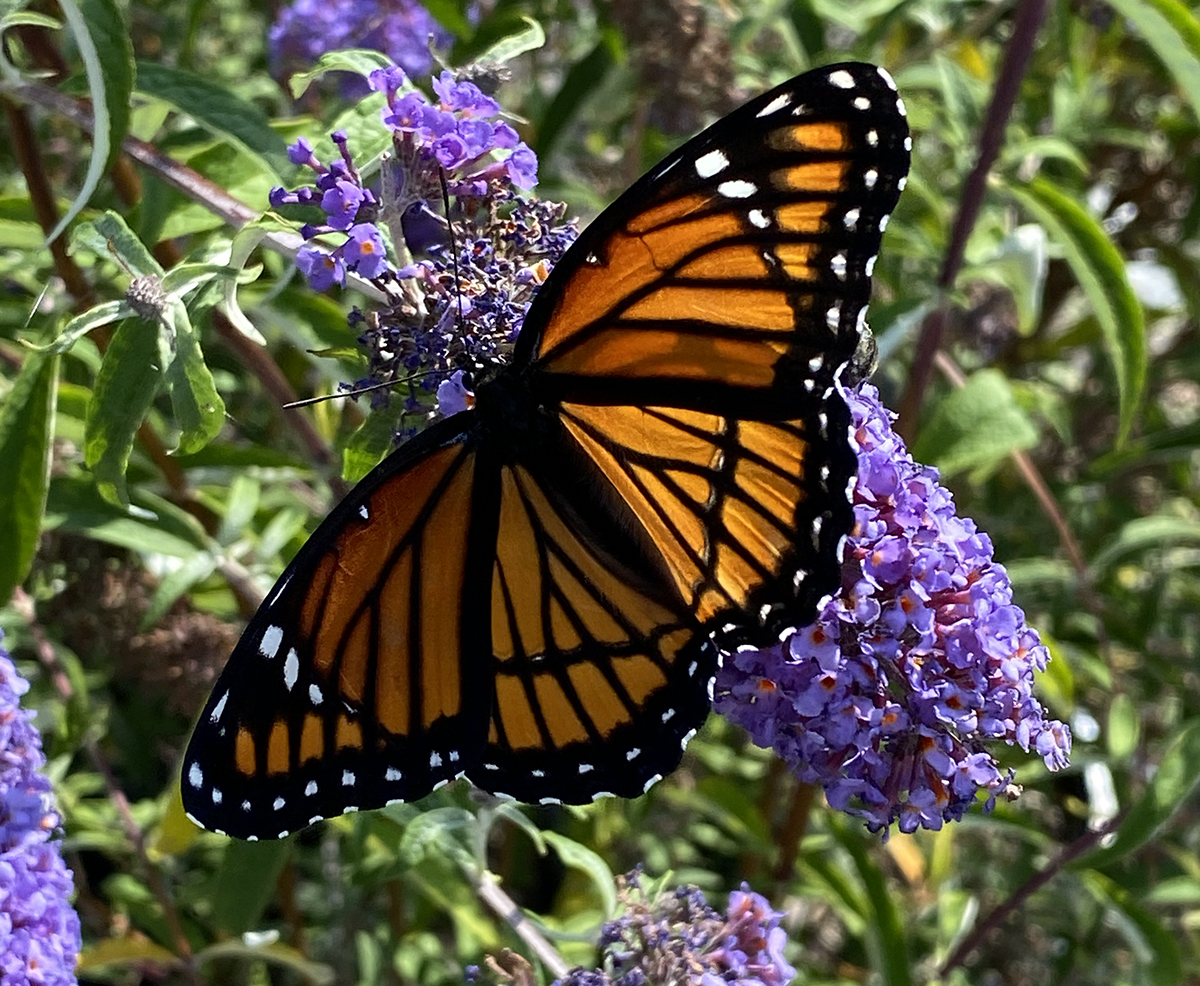
They aid in flight, affecting airflow and reducing drag. Scales can help camouflage a butterfly in order to better hide from predators. The color pattern of the scales can help butterflies communicate or find mates. Some butterfly wing patterns even mimic poisonous kin, the better to fool predators into leaving them alone.
For instance, monarchs, Danaus plexippus, the famous orange-and-black butterflies, are brightly colored to warn predators of their toxicity, or aposematism. In other words, they taste awful. Monarchs can also be toxic to invertebrates.
In a ploy called Müllerian mimicry, viceroys, Limenitis archippus, mimic the coloring of monarchs in a bid to avoid being eaten. Bright colors such as reds and oranges often signal danger, and mimicking the color pattern of something known to be poisonous gives both species a better survival rate.
Some butterflies have spots that look like giant eyes to warn predators, and some use camouflage to better blend in with their surroundings.
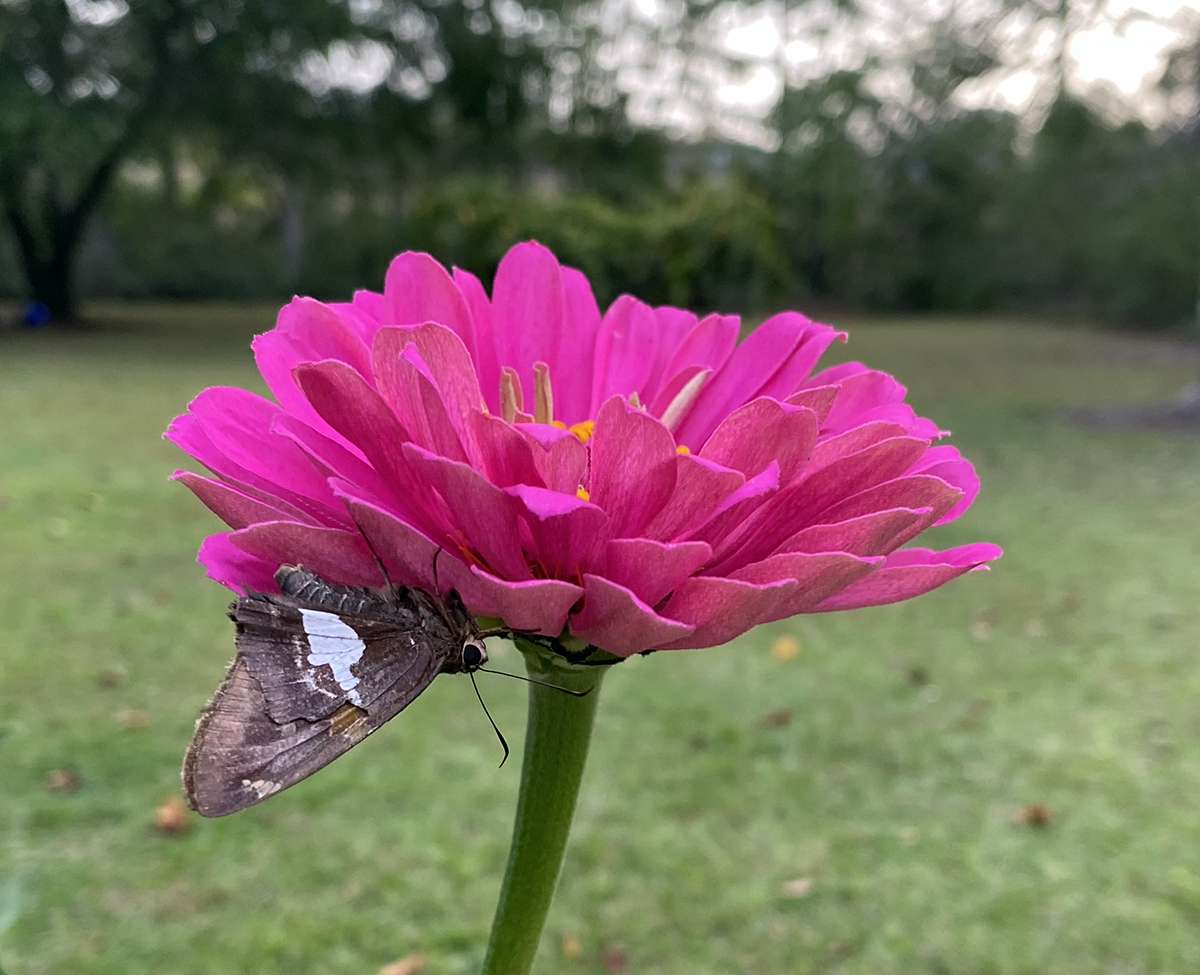
Made of chitin, like an insect’s or a crustacean’s carapace, the tough yet flexible scales have ridges and pockets that contribute to aerodynamics. Once lost, scales will not regrow and cannot be replaced. Each scale — actually a modified hair — is attached via a stalk, or pedicel, that fits into a small socket.
Butterflies are cold-blooded, so the color of their scales can also help them regulate body temperature. For instance, the dark bands or whorls on some butterflies can help warm them up by absorbing more sunlight.
They don’t collect pollen in the way bees do, so butterflies are not as efficient as pollinators, but some wildflowers can’t survive without them.
So what kind of plants do butterflies like? Butterflies are drawn to bright colors such as pinks, oranges, reds and yellows. Zinnias are always a favorite, as is butterfly bush, coneflowers, black-eyed Susans, bee balm, asters, and coreopsis.
Zinnias are the workhorse of the garden. They’re easy to care for, will grow just about anywhere, like heat and drought, make great cut flowers for bouquets, and they come in a range of vivid colors. Alas, they are annuals, so they have to be planted every spring.
Butterfly bush, Buddleia, is known for its sweet scent and being a butterfly magnet. If you’re worried about it being invasive, as it can be in some areas, native alternatives — summersweet (Clethra alnifolia), Virginia sweetspire (Itea virginica), and buttonbush (Cephalanthis occidentalis) — can be planted instead.
Purple coneflower (Echinacea purpurea) is an old staple, and it’s perennial. Same with black-eyed Susans (Rudbeckia hirta) and bee balm (Monarda). Asters and coreopsis, both of which have many native varieties.
Keep in mind, annuals have a longer bloom time but have to be planted every year — annually.
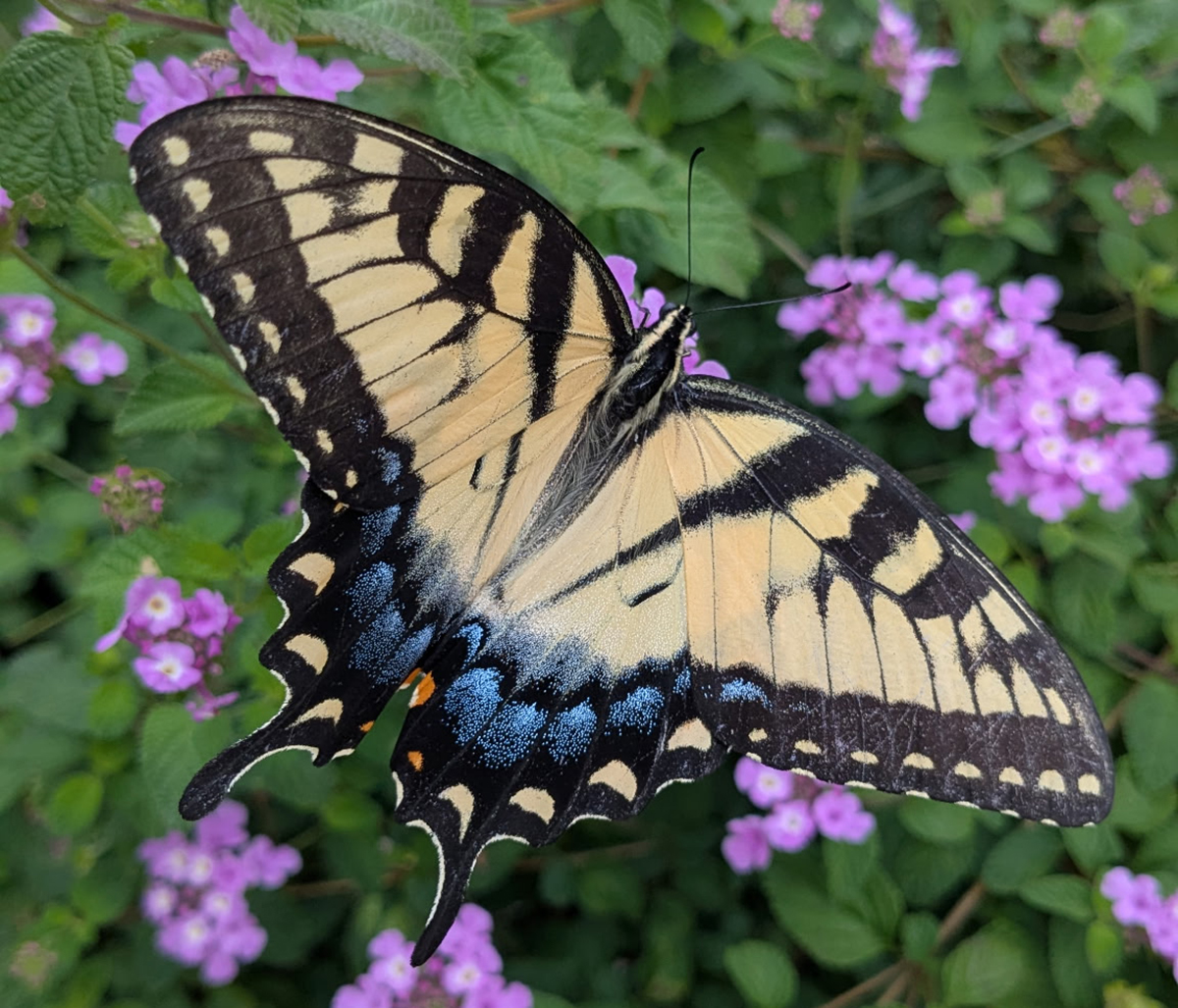
Perennials — longer word equals longer lifespan — come back every year but have a limited bloom time. Plant a good mix of both in order to keep your flowerbeds, yourself and your pollinators happy.
Watch the roadsides and any weedy lots to see what most attracts butterflies. That will give you a better idea what you need to plant in your garden, and it also depends on what kind of butterfly you’re hoping to attract.
As much as we love butterflies, many of us are not so happy with their offspring. Those nasty little cabbage loopers that destroy our collards and broccoli, for instance.
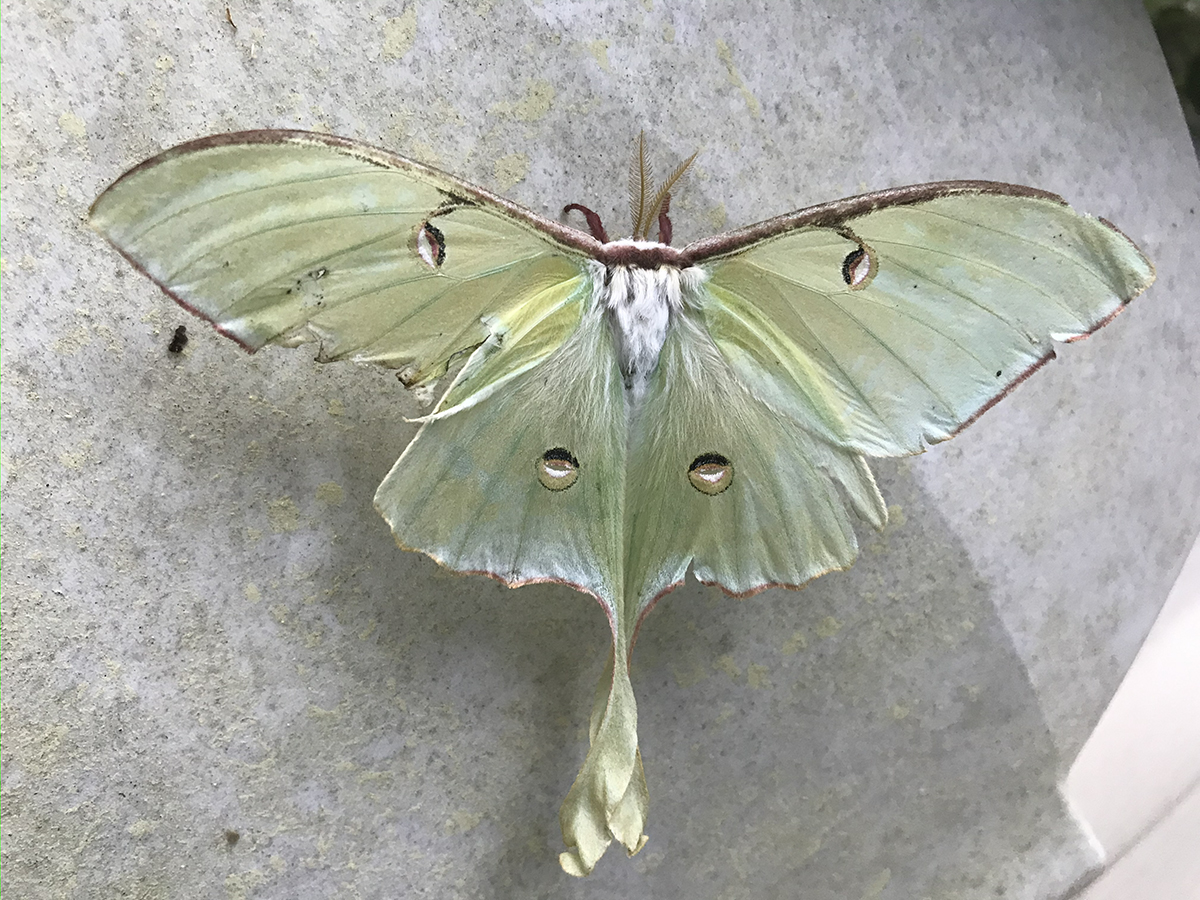
Butterflies need nectar plants, but they also need host plants for their caterpillars. Monarchs are all about milkweed (Asclepias). Several varieties grow naturally here. Dill, parsley, and fennel are great for eastern black swallowtails (Papilio polyxenes). In fact, if you don’t watch carefully, swallowtails will strip your dill and parsley practically overnight. They love anything in the carrot family, so Queen Anne’s lace (Daucus carota), which grows wild here, is also on their menu.
Gulf fritillaries love passion vine (Passiflora incarnata). Make sure you get the native one and not one of the hybrids, the take-over-your-world kind. Gulf caterpillars look like something from a Halloween nightmare, virulent red with black stripes and black spikes – and totally harmless.

Caterpillars may freak out some of you, and they can be destructive and yucky but birds eat caterpillars, and birds and wasps feed them to their young.
Long story, short: It’s impossible to have beautiful butterflies — and moths — without first having destructive caterpillars.
Everything has to eat something.
So, if you’d love to see more butterflies, plant pollinator gardens and leave natural areas unmowed.



